Second school
In recent years, Hanoi Museum has built manyeducational experience programs for students and visitors, such as: inviting artisans to introduce and demonstrate the creative process of traditional handicraft products such as To he molding, Bat Trang pottery, bell hats, Me Tri green rice, and collage from scraps of fabric...
The National History Museum also has many rich experiential activities that attract students. The “I love history” club has many interesting contents: assembling pictures, practicing being a soldier, guessing teammates’ thoughts... Here, students can also meet historical witnesses, interact and ask questions with experts. The “History lesson” program is designed through fun and intellectual physical games, providing knowledge about historical science .
Meanwhile, the Southern Women's Museum ( Ho Chi Minh City) is very creative with the program "Bringing the Museum to Schools". Instead of passively waiting for students to visit, the Museum has proactively organized mobile educational activities such as photo exhibitions on the topics: "Southern women through two resistance wars", "Uncle Ho with Southern women", "Ao Dai past and present"...
At the Temple of Literature - Quoc Tu Giam (Hanoi), there are currently many experiential educational activities such as: "Finding the mascot on the ancient architecture of the Temple of Literature", "Discovering the Doctor's steles", "Old classroom", "Returning home to honor ancestors"...
The Thang Long Imperial Citadel relic site (Hanoi) is attractive with experiences for students to transform into archaeologists from the program "I am an archaeologist", providing in-depth knowledge about heritage in the activities "Decoding Thang Long Imperial Citadel", "I learn about heritage"...
At the Center for Primate Rescue, Conservation and Development of Cuc Phuong National Park, 14/25 endangered primate species that have been rescued and cared for have become “living teaching aids” for educational programs. The tour guides skillfully tell vivid stories from the practice of wildlife rescue, thereby helping students identify the misconceptions that still exist in society, suggesting to them the responsibility of the younger generation in changing perceptions, contributing to the protection of wildlife.
These activities complement textbook knowledge and help students shape their career interests, especially those interested in medicine, biotechnology or natural resource conservation.
Me Linh Biodiversity Station (Vinh Phuc) under the Vietnam Academy of Science and Technology has built a modern and rich infrastructure system including a collection garden to preserve plant genetic resources including native trees, a garden of precious medicinal plants, an orchid garden, ornamental plants, and the conservation of 48 animal species listed in the Vietnam Red Book.
The station has become a lively educational space, attracting thousands of teachers, students and pupils to visit, study and research. The Medicinal Materials Museum, belonging to the Medicinal Materials Resources Center (Institute of Medicinal Materials, Ministry of Health) currently preserves more than 40,000 specimens, 2,000 medicinal material samples and 300 living medicinal plants, along with many traditional medical instruments, images of famous doctors contributing to the preservation of knowledge of traditional medicine, is an address that attracts many pupils and students to visit and learn.
These activities complement textbook knowledge and help students shape their career interests, especially those interested in medicine, biotechnology or natural resource conservation.
The necessary "handshakes"
Experiential education, connecting students with research practices, nature conservation and culture are increasingly important. Through these activities, the education sector achieves the goal of educating complete people; relic sites, conservation areas and museums attract more visitors. Valuable, diverse and rich learning resources are utilized for students, spreading scientific knowledge into community life.
However, these activities are still short-term, linked to sponsorship without a stable financial mechanism. Many units are still slow to change and adapt. Some relic sites, conservation areas, and museums are still poor in ideas, not focusing on investment and applying technology to innovate the way of displaying and interacting with the public, especially with students.
Ms. Pham Thanh Huyen, Director of the Center for Medicinal Resources, recommends that it is necessary to develop systematic training courses and expand access to students of all ages, especially during the summer. Not only students majoring in Biology and Chemistry, but also students in many other majors should have early access to research activities, practice analyzing specimens, identifying medicinal plants, and getting acquainted with laboratories, etc. to support knowledge in textbooks and career orientation.
Mr. Dang Huy Phuong, Head of the Me Linh Biodiversity Station, said that the State needs to increase investment in infrastructure and soon build a mechanism to connect schools with conservation facilities. There needs to be a “handshake” to connect conservation centers to the general education curriculum as part of environmental education. If allowed to collect appropriate fees to have resources to reinvest in education, conservation and animal care, conservation facilities will operate more effectively and make more practical contributions to society.
For relic sites, conservation centers, and museums, to increase the effectiveness of educational experience activities, it is necessary to better implement digital transformation, increase the application of technological achievements to program content, and flexibly and proactively create rich experiential spaces to attract visitors.
Relic sites, conservation areas, and museums listen to the needs of students to propose ideas, develop appropriate, useful, and scientific program content, and at the same time advise schools to jointly create thematic activities for students; clearly identify the educational and research tasks as the focus to have a clear financial investment strategy in all stages from content to operation, especially the communication and connection stages. Only then will the goal of 100% of museums implementing history, culture, science, and art education by 2030 be feasible, in the spirit of the Program "Promoting lifelong learning activities in libraries, museums, and cultural centers by 2030" (approved in Decision No. 1520/QD-TTg dated December 9, 2022 of the Prime Minister).
Source: https://nhandan.vn/giao-duc-khoa-hoc-qua-mo-hinh-bao-ton-bao-tang-post885169.html










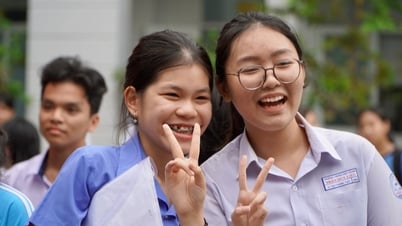













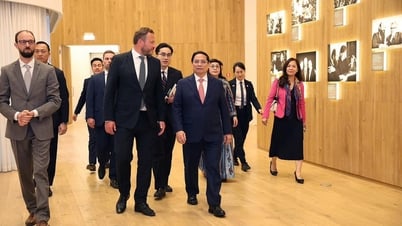
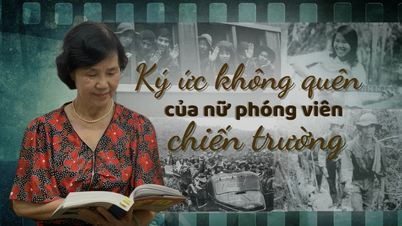
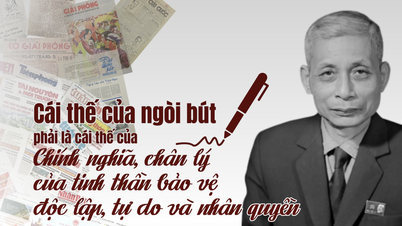

































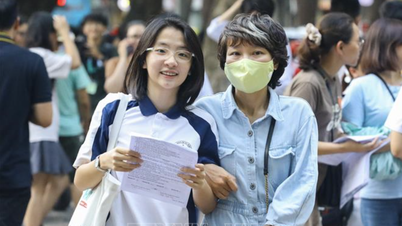
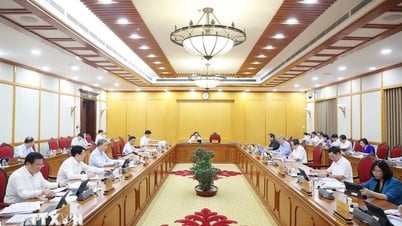


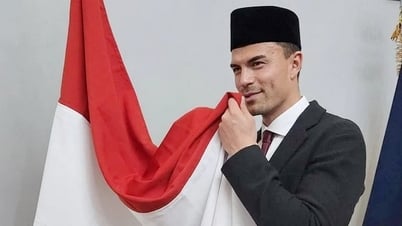








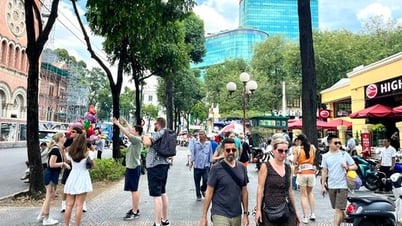


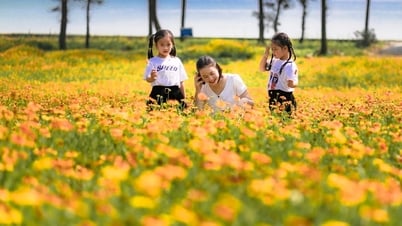

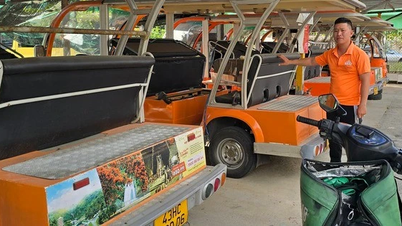

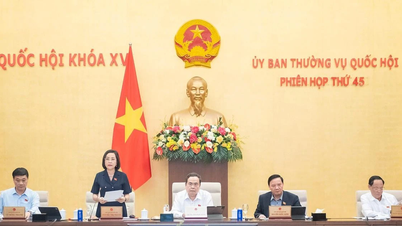

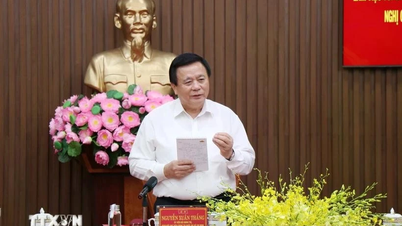








![[OCOP REVIEW] Tu Duyen Syrup - The essence of herbs from the mountains and forests of Nhu Thanh](https://vphoto.vietnam.vn/thumb/402x226/vietnam/resource/IMAGE/2025/6/5/58ca32fce4ec44039e444fbfae7e75ec)



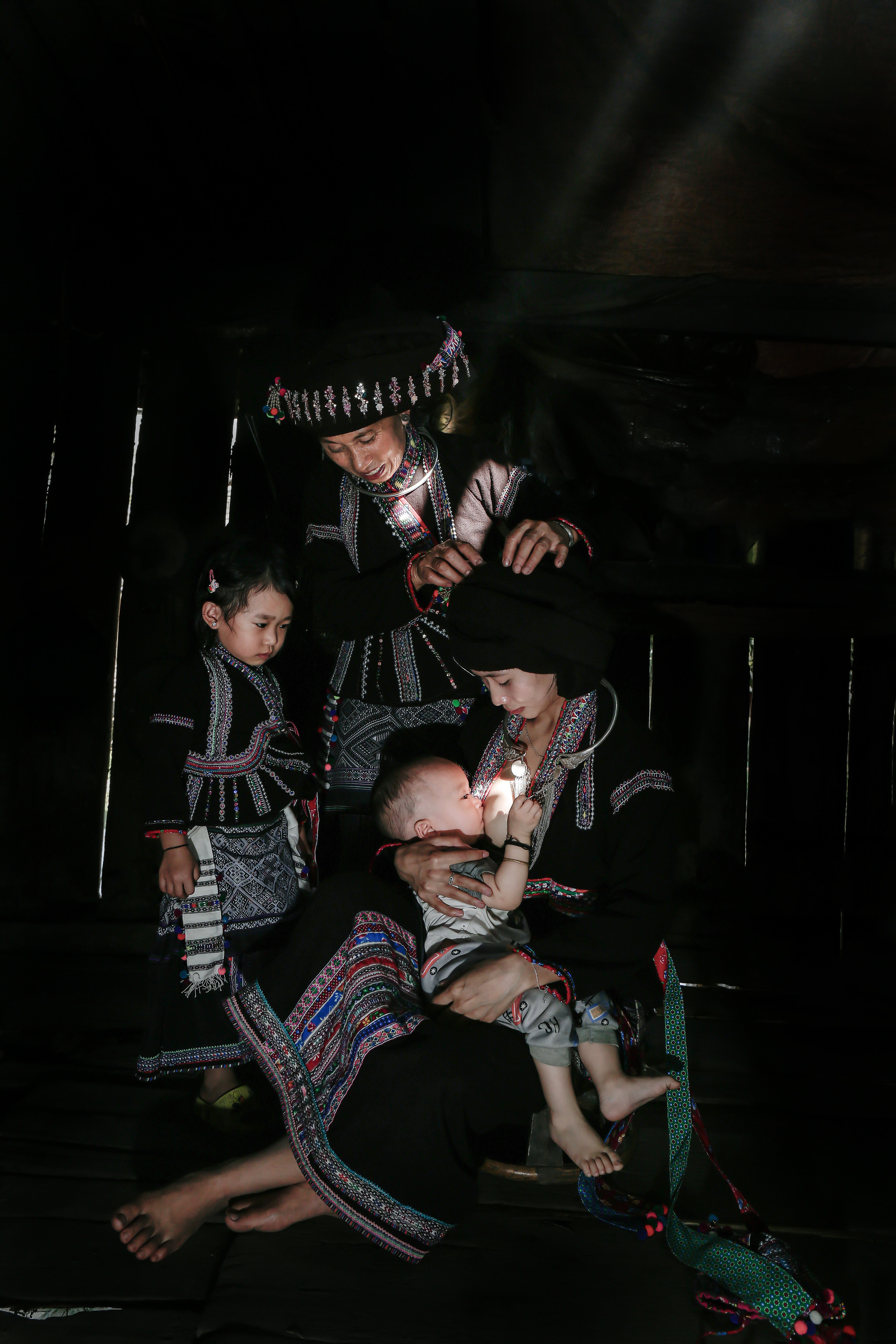
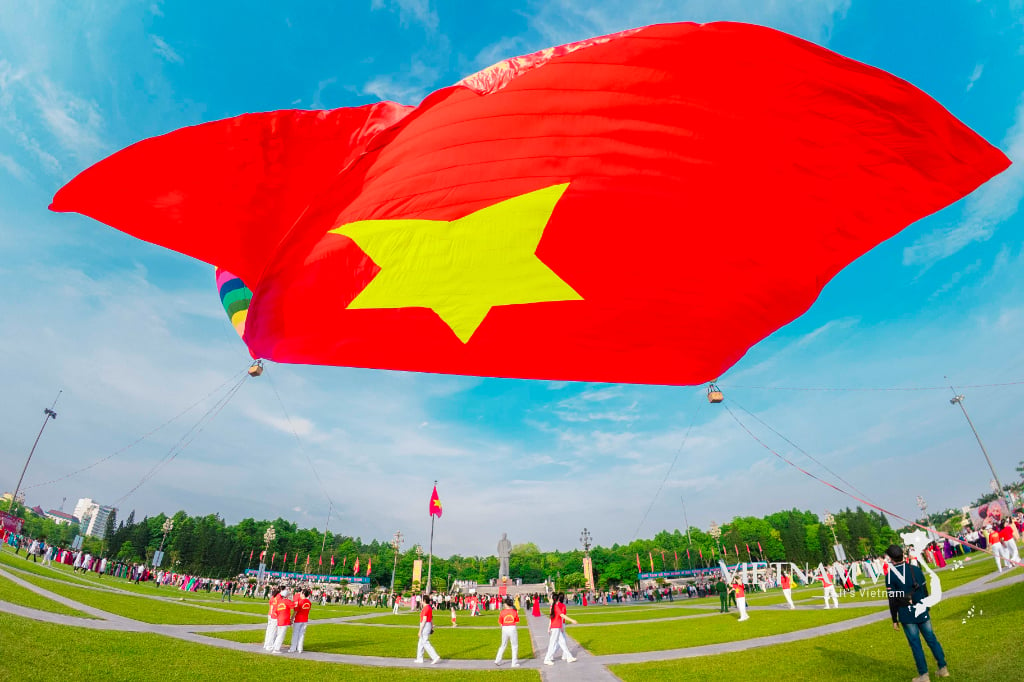

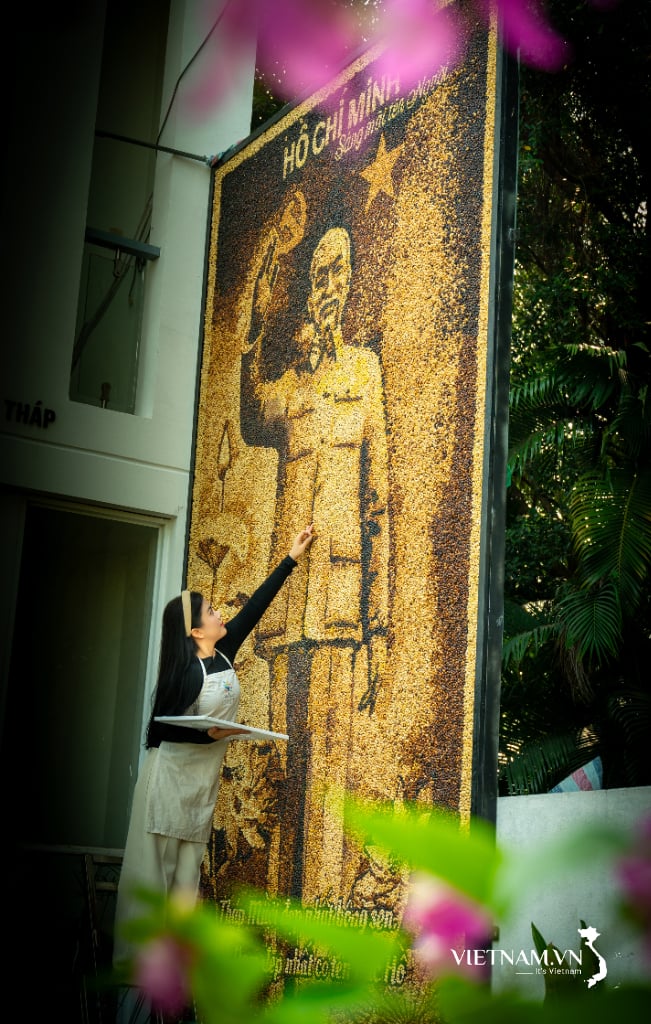
Comment (0)